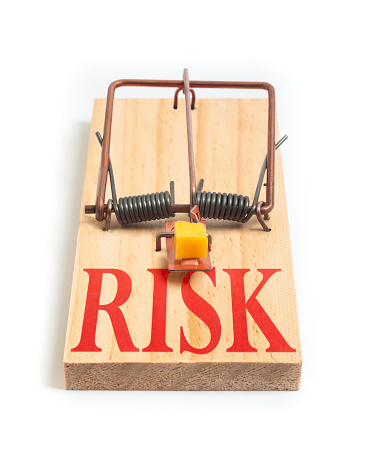Pros and Cons: Weighing the Benefits of Prescription Painkillers
(Updated in December 2020)
For the past three decades, scholars and professionals in the medical field have been weighing the benefits of prescription painkillers. The pros and cons of these prescription drugs are determined on a scale that compares their medical purposes and potential for abuse. Regardless of where these substances fall on the scale, it’s impossible to ignore the damage they’ve caused since their arrival into the American medical landscape. Between 1999 and 2018, nearly 450,000 people died from an opioid-related overdose, including prescription pills.1 In an addiction crisis that spans the globe, America consumes 80% of the global prescription opioid supply.2 With the constant stream of negative information surrounding these pills, many have been taking a closer look at whether or not the pros of prescription drugs outweigh the cons.
At Behavioral Health of the Palm Beaches, we recommend our patients undergo a medically-monitored detox as the first step of their addiction treatment. Opioid withdrawal symptoms can be extremely uncomfortable and can become dangerous without medical supervision.
A Brief History of Prescription Drug Abuse
In 2000, the United States Congress declared the preceding ten years to be a “Decade of pain control and research”, meaning they would instruct the scientific community to explore new ways to effectively alleviate chronic pain.3 Doctors were under more pressure to offer more effective care for pain and saw opioids as the ideal solution. When examining the timeline of prescription painkiller addiction in this country, we can identify the development of these new guidelines as a critical moment in the epidemic’s beginning.
Shortly after the introduction of these guidelines and the government-led push toward more compassionate treatment for chronic pain sufferers, sales of prescription drugs skyrocketed. A study conducted in 2010 reported that retail sales of opioid medications, including methadone, oxycodone, fentanyl, morphine, and codeine increased from 50.7 million grams in 1997 to 165.5 million grams in 2007. The study also reported that the average opioid sales between 1997 and 2007 increased from 74 milligrams per person to 369 milligrams; that’s a 402% increase.4 As a drug and alcohol treatment center in Palm Beach, these numbers are extremely concerning.
Although the federal and state government have taken steps to reverse the course of the opioid epidemic, recent national data indicates that little progress is being made. As recent as 2012, the CDC reported that healthcare providers wrote over 259 million opioid prescriptions.5 As officials and prevention advocates continue their efforts, 46 Americans overdose and die each day as a result of opioid abuse. Further research will determine the efficacy of law enforcement’s latest prevention efforts.

Weighing the Benefits of Prescription Painkillers
As the cons of prescription drugs become more evident, many have been wondering if the benefits of pain medication are outweighed by their fatally addictive properties. The Centers for Disease Control and Prevention (CDC) found that there is limited or insufficient evidence regarding improvement in pain or function with long-term opioid use for conditions that are commonly treated with these drugs, including lower back pain, headaches, and fibromyalgia.6 As the pros and cons of prescription painkillers are compared, more and more evidence points towards a lack of evidence supporting opioids’ long-term effectiveness in chronic pain treatment. The devastating impact of prescription opioid addiction has become impossible to ignore. Despite all of the temporary efforts we undertake – drug monitoring, databases, community involvement, etc. – we must ask ourselves two things: is the unprecedented fatality worth the pain-relief benefits and are there less dangerous means of treating long-term chronic pain that should be considered?
At our center for addiction treatment in Lake Worth, we have firsthand experience with treating patients for prescription drug addictions. In our pain medication addiction treatment is specifically designed to target each factor of a painkiller addiction and help the individual recover as safely as possible.
If you or a loved one is battling with substance abuse, get help before it’s too late. Call us today at 561-220-3981 for more information about our rehab programs and therapies.
Sources:
- CDC- Understanding the Epidemic
- NCBI- Are Prescription Opioids Driving the Opioid Crisis? Assumptions vs Facts
- Congress- The Pain Relief Promotion Act
- NIH- Therapeutic use, abuse, and nonmedical use of opioids: a ten-year perspective
- CDC- Opioid painkiller prescribing varies widely among states
- CDC- CDC Guideline for Prescribing Opioids for Chronic Pain — United States, 2016




